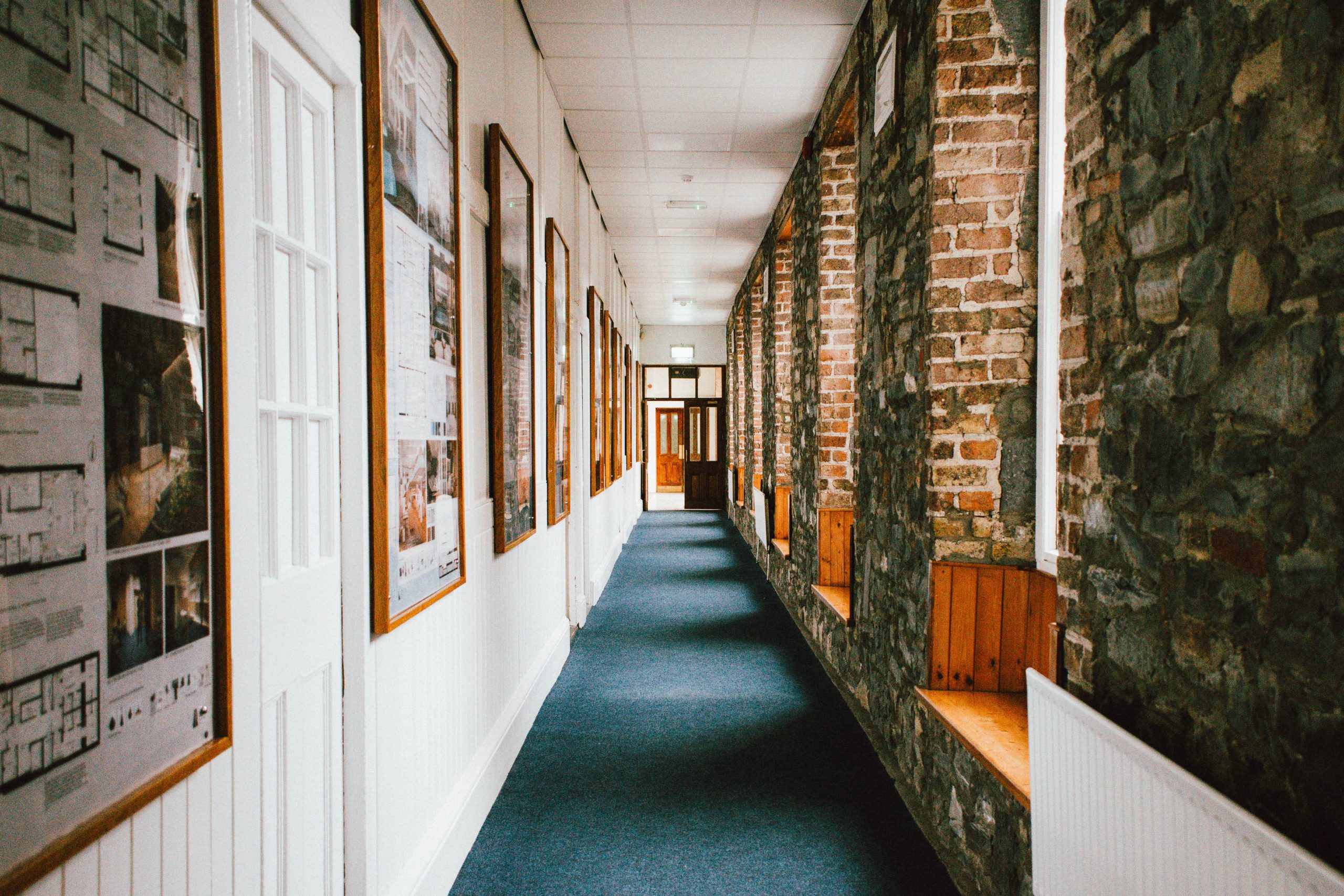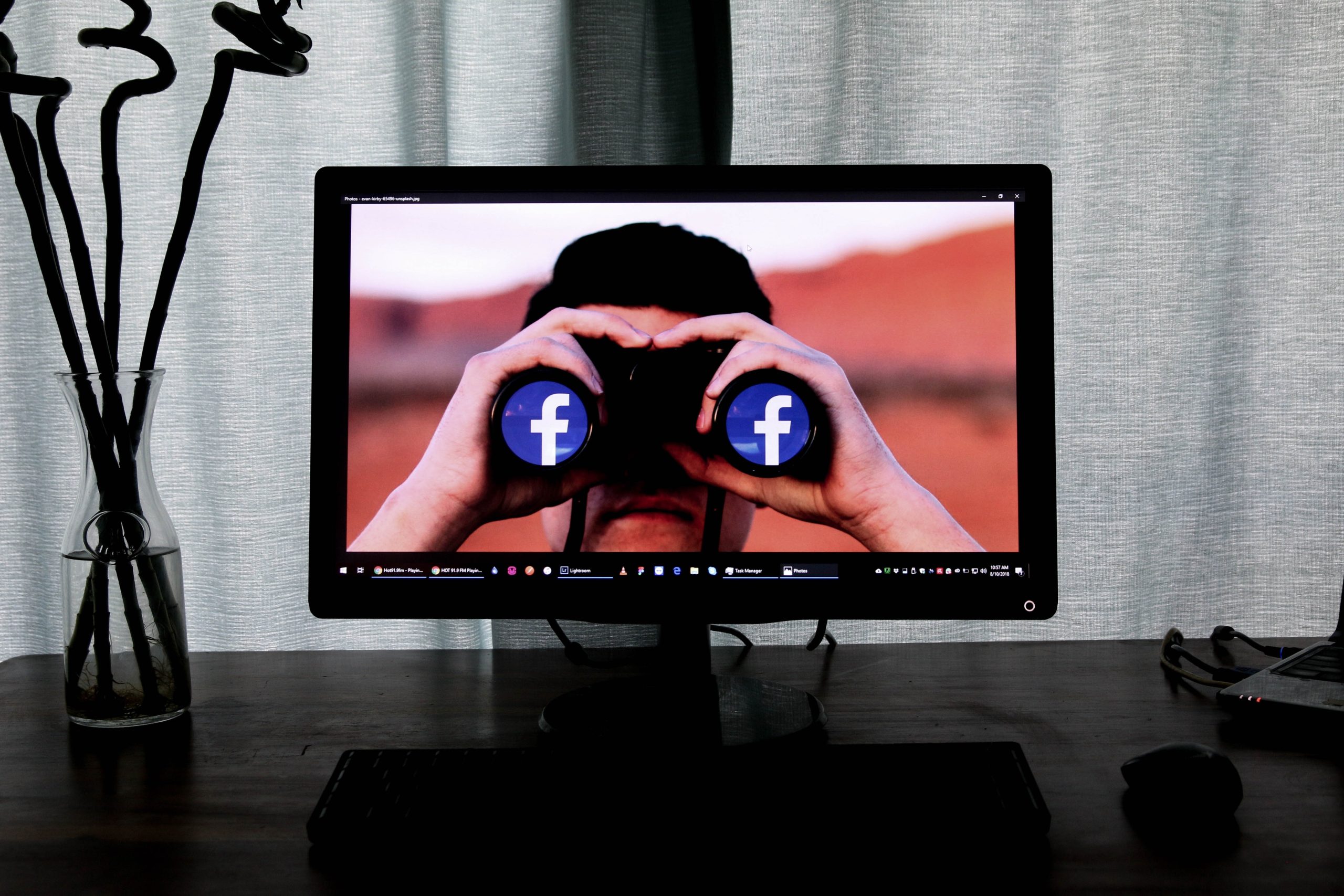Bullying is a scourge that continues to afflict schools around the world, and its effects can last well beyond graduation. It’s not just about mean comments or physical abuse; it’s also an issue of psychological trauma that affects students’ mental health, academic performance, and social skills. But the impact goes far beyond individual sufferers: bullying can also have serious consequences for society as a whole. In this blog post, we’ll examine some of the ways in which school bullying impacts both individuals and communities alike.
What is bullying?
When most people think of bullying, they picture kids being pushed around or made fun of at school. But bullying is much more than that. It’s a serious problem that can have lasting effects on its victims.
Bullying is defined as repeated, unwanted, aggressive behavior that involves a real or perceived power imbalance. The behavior is intended to harm, intimidate, or control the victim. Bullying can take many forms, including physical violence, verbal taunting, name-calling, and making threats. It can also involve social aggression, such as excluding someone from a group or spreading rumors about them.
Bullying is a serious problem because it can lead to physical and emotional injuries, as well as long-term effects on the victim’s mental health. Victims of bullying are more likely to experience anxiety, depression, and sleep problems. They may also have trouble concentrating at school and miss out on important educational opportunities. In extreme cases, bullying can even lead to suicide.
While bullies may not always mean to cause harm, their actions can have lasting consequences for their victims. If you or someone you know is being bullied, it’s important to get help from a trusted adult so the problem can be addressed before it gets worse.
The different types of bullying
There are many different types of bullying that can take place in schools. The most common forms of bullying are physical, verbal, and social.
Physical bullying involves the use of force or violence to hurt someone. It can include hitting, kicking, shoving, or any other type of physical contact that causes harm.
Verbal bullying is when someone uses words to hurt someone else. It can include name-calling, making threats, or saying mean things about someone.
Social bullying is when someone tries to harm someone’s reputation or social standing. It can include spreading rumors, exclusion from social activities, or intentionally embarrassing someone.
All three types of bullying can have lasting effects on both the students who are bullied and those who do the bullying. Victims of bullying often suffer from low self-esteem, anxiety, and depression. They may also have difficulty concentrating in school and may avoid going to school altogether. Bullies themselves are at risk for problems such as addiction, antisocial behavior, and mental health issues.
The lasting impact of bullying on students
The long-term effects of bullying can be felt by students well into their adulthood. Studies have shown that students who were bullied as children are more likely to experience anxiety, depression, and other mental health issues later in life. They are also more likely to engage in risky behaviors such as drug use and alcohol abuse.
Bullying can have a lasting impact on students’ academic performance as well. Students who are bullied are more likely to miss school and perform poorly in class. In extreme cases, bullying can lead to drop out altogether.
The societal effects of bullying should not be underestimated either. Bullying can contribute to a culture of violence and intolerance. It can also lead to discrimination and exclusion of certain groups of people.
The lasting impact of bullying on society
The long-term effects of bullying can be felt by individuals well into adulthood. Studies have shown that those who were bullied as children are more likely to experience anxiety, depression, and other mental health issues later in life. Additionally, bullying can lead to social isolation and poor self-esteem.
Bullying doesn’t just impact the individual victims, it also affects society as a whole. A recent study found that workplace bullying costs American businesses billions of dollars each year in lost productivity and increased healthcare costs. Moreover, bullying can create a climate of fear and intimidation that impedes creativity and innovation.
Clearly, the lasting effects of bullying are far-reaching and significant. Bystanders play an important role in preventing bullying from happening in the first place. And when bullying does occur, it’s important to address it immediately in order to minimize the long-term damage.
How to prevent bullying
School bullying is a serious problem that can have lasting effects on both the victim and the bully. There are many ways to prevent bullying, but they require the cooperation of all members of the school community – students, teachers, parents, administrators, and staff.
The most important thing is to create a culture of respect and inclusion in the school. This means that everyone – from the principal to the lunch lady – should be treated with respect. Bullying thrives in an environment where there is an imbalance of power, so it’s important to make sure that everyone feels like they have a voice.
There should be clear policies against bullying, and these should be enforced by adults in the school. Bullies need to know that their behavior will not be tolerated, and victims need to know that they will be protected. These policies should be backed up by education and training for all members of the school community.
Finally, it’s important to encourage students to stand up for themselves and each other. Bystanders play a vital role in preventing bullying, so it’s crucial that they feel empowered to intervene when they see someone being bullied. Students should also feel comfortable reporting incidents of bullying, without fear of retaliation.
Conclusion
Bullying has serious and long-term consequences for individuals, families, schools, and society at large. It is important that we take steps to prevent bullying by providing students with the tools they need to recognize it and speak up when they see it happening. The most effective way of tackling school bullying is through early intervention and education—teaching children empathy, respect, kindness, and resilience. By doing so we can help create a safer environment in our schools where everyone feels loved and accepted for who they are.










